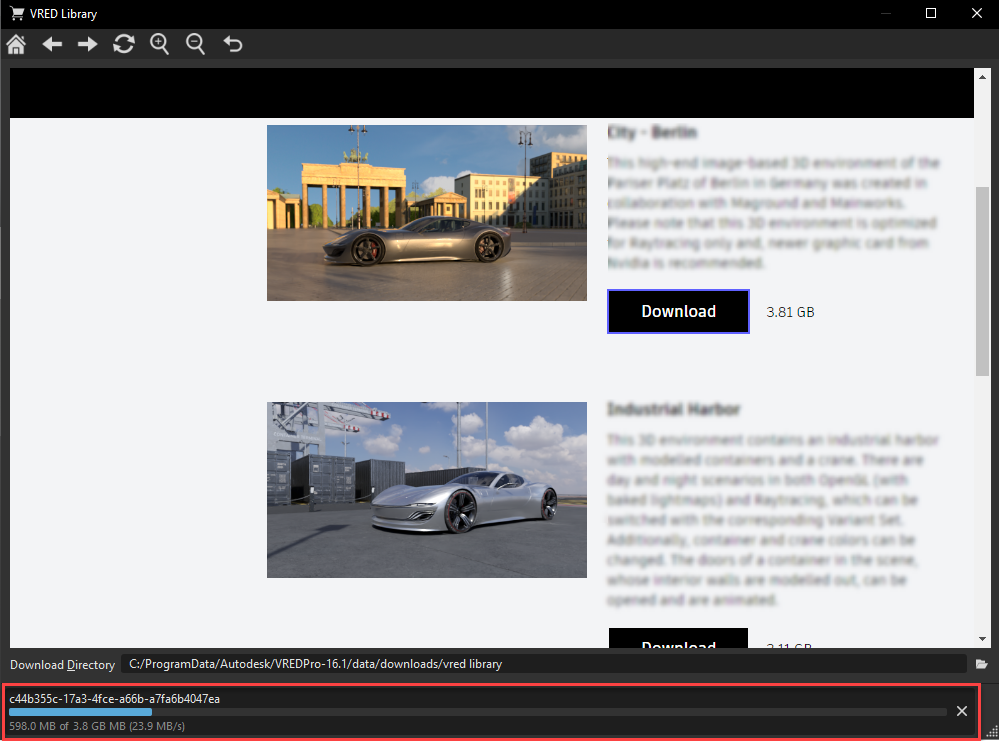General Improvements
We made a great deal of general improvements in such areas as GGX Importance Sampling, GPU Raytracing, scroll wheel behavior, the Light theme, as well as menus, modules, and more.
Video captions: In VRED 2024.1, we further worked on our ongoing UI modernization to improve the customer experience. We have also added new features, which will increase your flexibility with your data pipeline and visual quality.
For example, we added little pin icons. These are indicating what is pinned to Quick Access Bar on the bottom. So, you get a very quick overview of what is already available in the Quick Access Bar. Additionally, you can pin modules directly from there. This makes the customization of the UI very quick and easy now.
Also, we added some new Preference settings. For advanced user who don’t need tooltips anymore, you can turn the tooltips off in the preferences. And if you don’t want to change the scroll wheel behavior when hovering over a number field, you can do that now here, as well. So, you can scroll over windows even if you hover over a number field without changing the value by mistake.
In the VRED Library, we added a progress bar. This gives you a better overview of the download status.
And with our efforts to make the UI more consistent, we improved the menu bar and optimized the context menu in several editors, like the Tranform Editor, Media Editor, Sceneplate Editor, or Light Editor.
And, the onboarding screen has a new area, where you see, now, important changes like new Python or QT versions.
Asset Manager
We added several missing options to the context menu.
Custom Plugin Interface
Create an interface for loading custom plugins. With this C++ interface, you can define interface commands for resizing, as well as mouse/keyboard input and other user interface elements. Write code to stream VRED rendered content to another client, such as a smartphone. Execute Python commands. We've provided this zipped folder containing everything needed to create your own plugin, along with a README explaining how to compile and install it.
To check whether a plugin was loaded, go to Edit > Preferences > General Settings > Plugins, then scroll through the list to locate the plugin.
FileIO
Improved normal map detection when loading a file.
GGX Importance Sampling
We improved the GGX importance sampling performance for GPU raytracing in stillframe rendering by implementing a new algorithm, which requires less resources.
GPU Raytracing
We removed shadow material shadows from the Albedo buffer to improve denoising results.
Light Editor
We added several missing options to the context menu.
Light Theme
We improved the Light theme's contrast of the text color in the Scenegraph for better readability and added several missing options to the context menu.
Material Editor Icons
We have redesigned some of the Material Editor icons.
Media Editor Menus
We added a menu bar with Edit, Create, and Selection menus to the Media Editor and made some changes to the right-click context menu. For full details, see Menu Bar.
Normal Maps
We improved normal map detection when loading a file.
Onboarding
We have added an Important Updates tile to the onboarding to ensure users are aware of important changes and updates included in a release. These could include new Python or QT versions, changes to the Python API, network service access, security, or system requirement.
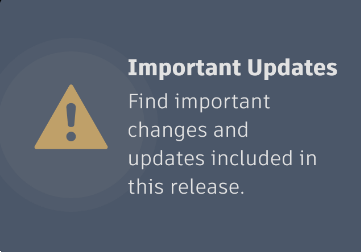
Online Help
We changed the Workflows section to display the same categories as in the Workflows in VRED overview, along with a few others. Most of these topics are also found in the onboarding. We also updated the Introduction, Opening and Manipulating, and Materials videos.
Optimize
We improved the readability of items in a Optimize module list view by expanding the spacing between them.
Python
We added the What's New in Python API V2 to find the latest updates to the VRED Python API v2. And, we also added a force wait option to the new exportNodes to force VRED to wait until the export is finished. This is especially useful when wanting to directly work with the exported files.
Quick Access Bar - Pinning Modules
We added support for pinning modules to the Quick Access Bar. Within a menu, as you scroll down its options, if a module is listed and can be pinned, a pin will appear to the right as the option is active. Click the pin to pin the module to the Quick Access Bar. Do this instead of going through the module's Windows menu bar. Modules with a pin next to their name can be found in the Quick Access Bar.
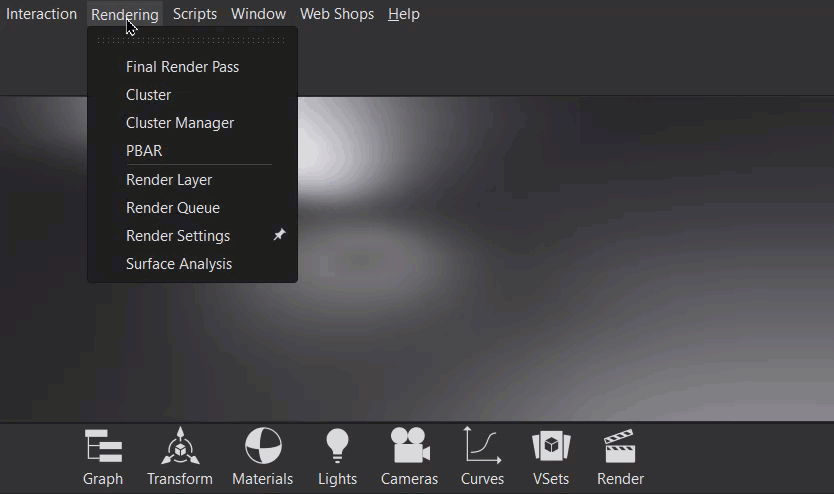
To remove a module from the Quick Access Bar, either unpin it in the menu, or do this.
When changing to a different workspace, the Quick Access Bar will be reset to the workspace's layout. To save your custom Quick Access Bar, either save your workspace or use Window > Layout > Edit.
Sceneplate Editor
Double-clicking a group or switch in the Sceneplate Editor expands or collapses its node structure.
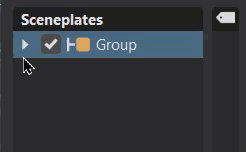
We also added several missing options to the context menu.
Scroll Wheel Behavior
We added the Enable Mouse Scroll Wheel Value Changes option to the Application section of the MainWindow preferences.

Some users felt distracted by its behavior when scrolling up and down in the Attributes. Values could accidentally be changed if the mouse curser was on top of a control.

Therefore, when disabled, control or field values are not modified when using the scroll wheel. The wheel will only scroll through your view of options. Therefore, controls that only alter the view and do not modify scene data, such as sliders for scaling the Material Preview list or for expanding/collapsing the various trees, will react to the scroll wheel.
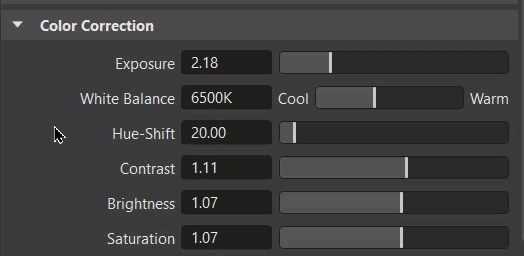
When enabled (the default state), the scroll wheel modifies data when used on combo boxes, sliders, or spin boxes.
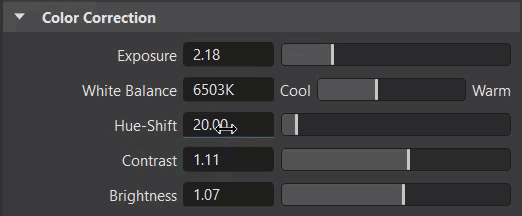
However, keep in mind that this can also lead to unwanted data modification while using the scroll wheel.
Show/Disable Tooltips
We added Show Tooltips, which sets the default behavior for tooltip display, to the MainWindow preferences > Application section. This provides a solution for experienced VRED users who are distracted by tooltips appearing when hovering a control for too long. Now, it is possible to disable them.
Streaming App
We've added the ability to scroll through menus using the mouse scroll wheel. We also changes the name of the legacy version to Streaming App (Legacy).
Transform Module
We've added an Edit and Create menu to the menu bar and made some changes to the right-click menu. For more details, see Menu Bar.
Variant Sets Custom Thumbnails
Since the preview generated from the viewport may not be representative of the action behind the variant set, we added the Image From File option to the Variant Sets module for loading a custom thumbnail preview image. The image format must be a .jpg, .jpeg, or .png. and should be in a reasonable size, as they get stored within the VPB.
In addition, when in the Variant Set Simple View Mode, you are no longer required to generate preview images when activating a variant set.
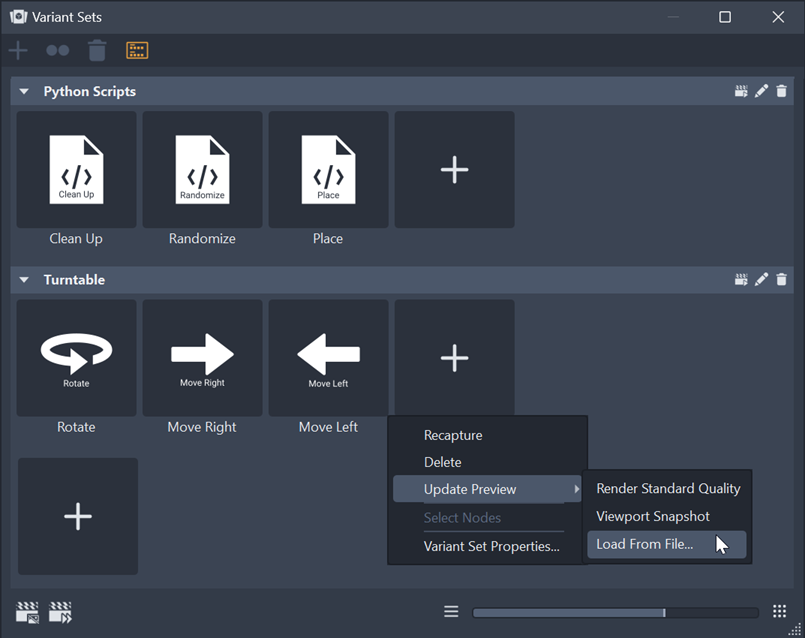
- In the Quick Access Bar, click
 to open the Variant Sets module.
to open the Variant Sets module. - Hover over a variant set without a thumbnail image to activate it, then right-click and select Update Preview > Image From File to locate and select a .jpg, .jpeg, or .png preview image from disc.
- Double-click the image to use it for the thumbnail preview.
We have also renamed the other two Update Preview options. Standard Quality is now Render Standard Quality and From Viewport is now Viewport Snapshot.
VRED Library
We added an option for admins to create a sub-structure two levels deep to the node structure of the VRED Library.
Web Shops
We added a progress bar to the bottom of the Web Shops to show the progress of downloaded files, which is especially helpful when downloading large files from our VRED Library.
